This post may contain affiliate links. Please read my disclosure and privacy policy.
This Vegan Pie Crust is naturally gluten-free and dairy-free, and made with just 5 ingredients. It’s the perfect base for practically any pie!
I don’t know about you, but I’ve always been intimidated by making my own pie crust. I’ve done graham cracker crusts before, where you crush store-bought crackers together with butter and press the mixture into a pan, but there’s something about rolling out a pie crust that has always intimidated me.
If you feel the same way, I hope that this post will encourage you to give this easy pie crust a chance. I’ve made it over 10 times now, and I have yet to mess it up! Hopefully it will be fool-proof for you, too.
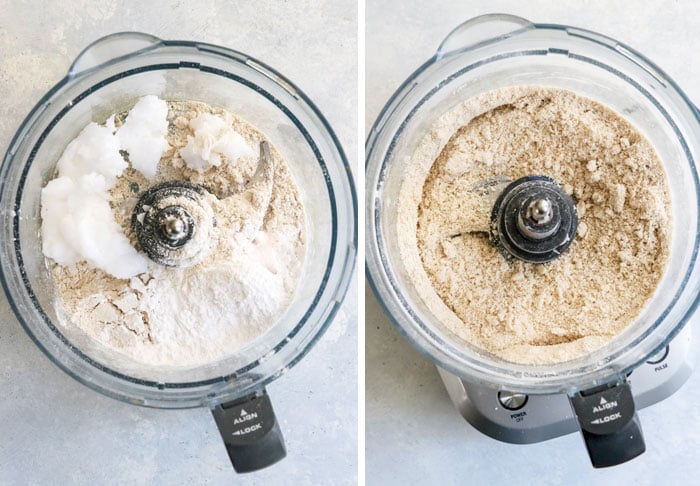
How to Make a Vegan Pie Crust
What I love about this recipe is that a food processor does the majority of the work for you. I don’t own a pastry cutter, because I don’t make pie crust often enough to justify it, so I relied on the food processor to break up the cold coconut oil and distribute it throughout the flour. It works amazingly well!
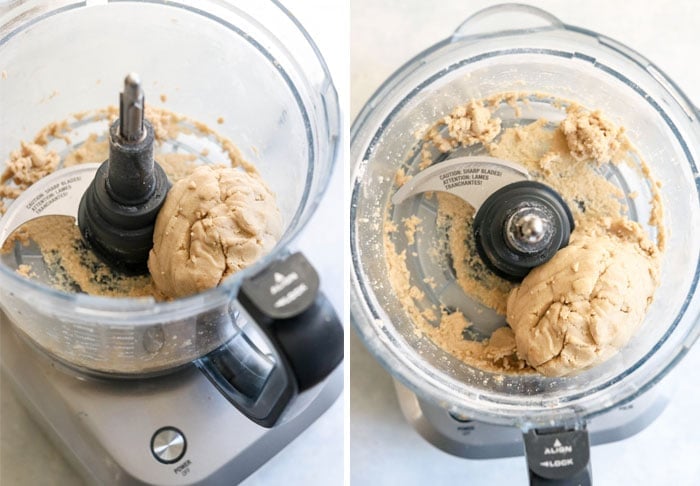
Vegan Pie Crust with Coconut Oil
Just like a traditional pie crust, you want to use cold/solid coconut oil so that the crust becomes buttery and easy to cut. Since I bake pies in the colder months, this works out perfectly because my coconut oil is already very solid sitting out at room temperature.
If your kitchen happens to be warm and your coconut oil is liquid, I’d recommend measuring it, then put it in the fridge until solid. (That way it’s already measured when you’re ready to make your pie crust.)
You use cold water with this recipe so that the coconut oil doesn’t melt while you work with the dough. I simply use water from my fridge door, which is chilled, but if you’re using water from your faucet you might want to put a couple ice cubes in it before measuring so that your water is really cold.
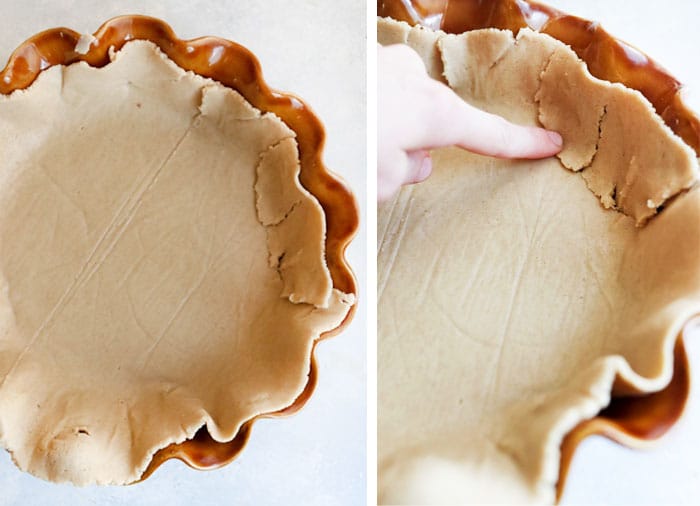
This vegan pie crust isn’t exactly like one made with real butter and white flour, but it’s certainly the best gluten-free pie crust I’ve ever made! I hope you’ll enjoy it.
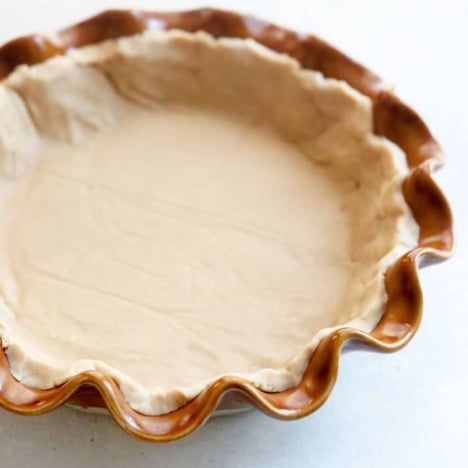
Ingredients
- 1 1/4 cups oat flour (certified gluten free)*
- 3 tablespoons tapioca starch (or arrowroot)
- 1/4 teaspoon fine sea salt
- 1/3 cup coconut oil (solid)
- 2 tablespoons maple syrup
- 3 tablespoons ice cold water
Instructions
- Preheat your oven to 350ºF and have a 9-inch pie dish ready. (No need to grease it.)
- In the bowl of a large food processor fitted with an "S" blade, add in the oat flour, tapioca starch, salt, and coconut oil. Secure the lid and press the "pulse" button several times until the coconut oil has disappeared into the flour. The mixture should look like a crumbly flour. (If you have a pastry cutter, you can use that instead of the food processor.)
- Add in the maple syrup and cold water, and pulse the mixture again until the dough comes together. It's normal for it to stick together and start to form a ball. Be careful not to run the food processor for too long, as you don't want to warm up the coconut oil. As soon as it looks like pie dough, you're done with the mixing part!
- Lay a large sheet of parchment paper on your counter and place the ball of dough in the middle of it. Lay another large sheet of parchment paper over the dough ball and press is down with your hands to start to flatten out the ball into a crust.
- Use a rolling pin over the top layer of parchment paper and roll the pie dough out until it's roughly 11 or 12 inches in diameter, to fill a 9-inch pie plate with room to go up the sides of the pan.
- Once the crust is rolled out, remove the top layer of parchment paper. Carefully lift the crust up using the bottom piece of parchment paper and flip it over onto your hand. Use both hands to gently lower the crust into your pie pan and remove the parchment paper (that's now on top of the crust) once it's in place. You'll need to use your fingers to press the pie crust into the corners of the pan, and you might need to break off pieces of the crust that are overflowing from the edges. Feel free to use pieces of the dough to repair any holes-- just press extra dough into any spots that break. Use your fingers to flatten the edges of the crust for a smooth look.
- For a pie that will be baked, like my vegan pumpkin or vegan pecan pie, this is the time to add your filling. This crust works very well for pies that need to cook for up to 45 minutes. At 55 minutes, the edges start to get too brown, so you might need to cover them if your recipe calls for a baking time that long.
- For a cold pie filling, like my French Silk Pie, you can bake this crust on its own for 15 to 20 minutes, until lightly browned. Let it cool completely, then fill it!
Video
Notes
Nutrition
Per slice: Calories: 142, Fat: 8g, Carbohydrates: 14g, Fiber: 0g, Protein: 2g
Recipe Notes:
- I haven’t tested this crust with other flours yet. It took a long time to get this one right! I imagine that you might be able to use a gluten-free flour blend instead of the oat flour + tapioca starch combination, so please let us know in a comment below if you give that a shot.
- I prefer making this pie crust with maple syrup, but if you’d rather use coconut sugar you can replace the maple syrup with 1/4 cup of coconut sugar. In that case, use 5 tablespoons of water to help the crust come together. You could probably use honey instead of the maple syrup, if you don’t need a totally vegan crust, too. (Honey isn’t vegan.)
- If you don’t have coconut oil, I image a vegan butter or shortening would work in its place. I haven’t figured out a totally oil-free crust yet, but I’m working on that so stay tuned.
- If you are making a crust for a savory dish, I would leave out the maple syrup and use more cold water instead.
Reader Feedback: What’s your favorite type of pie? Have you made a crust using other flours? I’m working on versions for a gluten-free flour blend and almond flour, too.
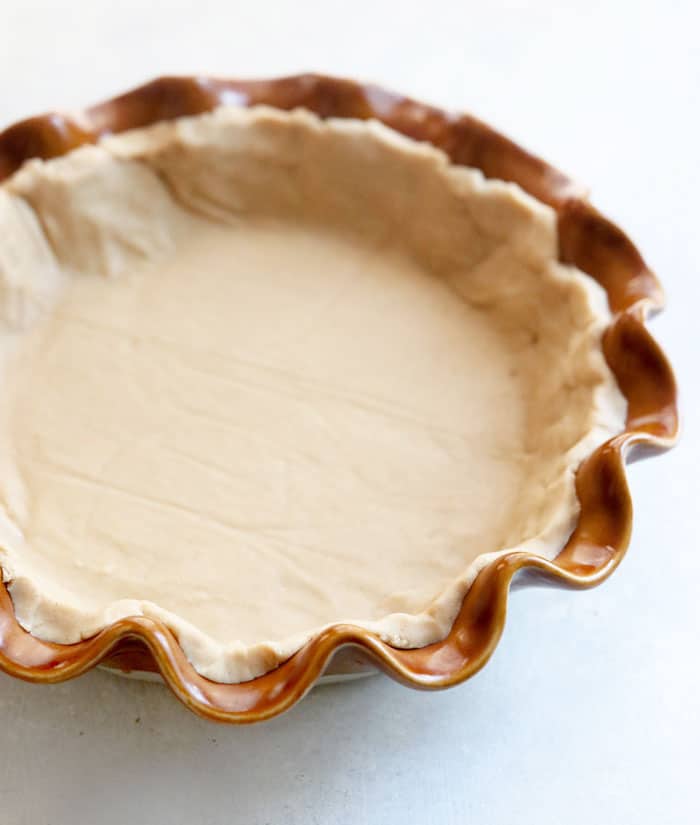
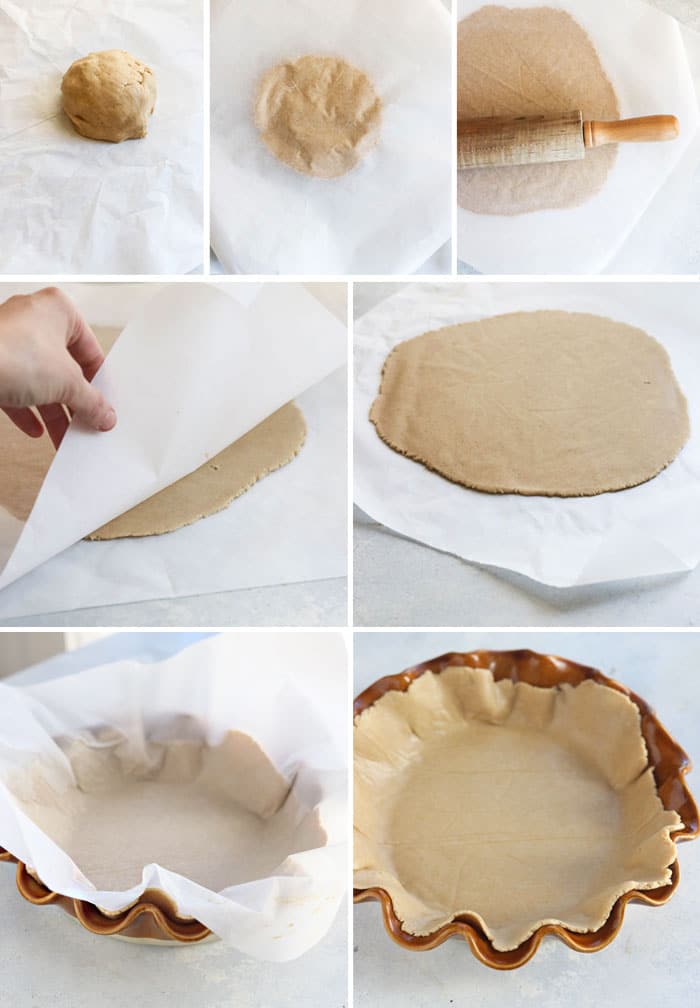
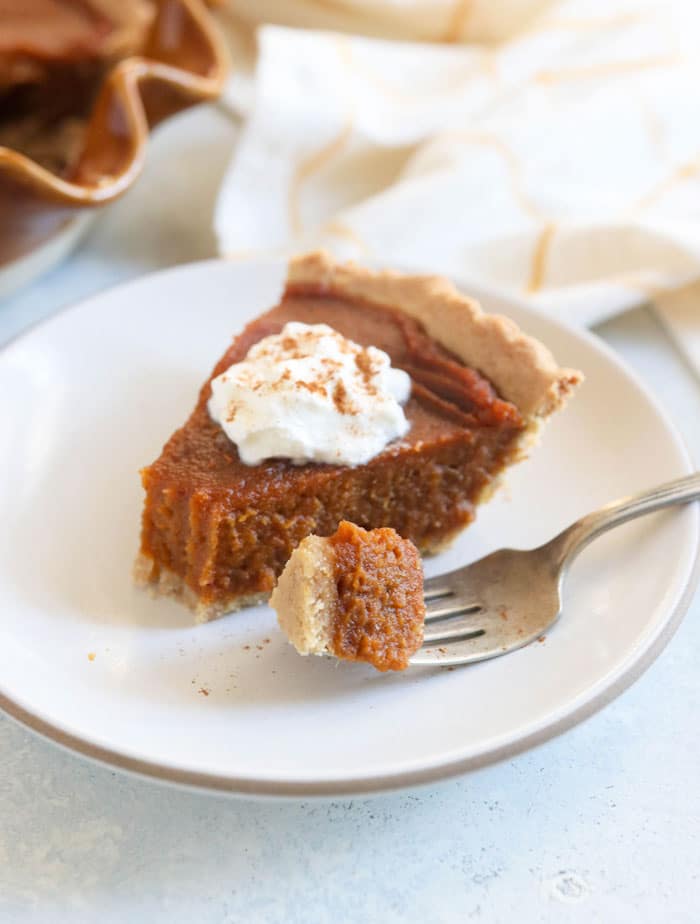

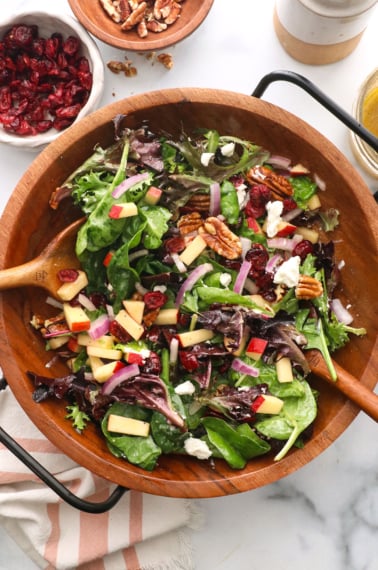
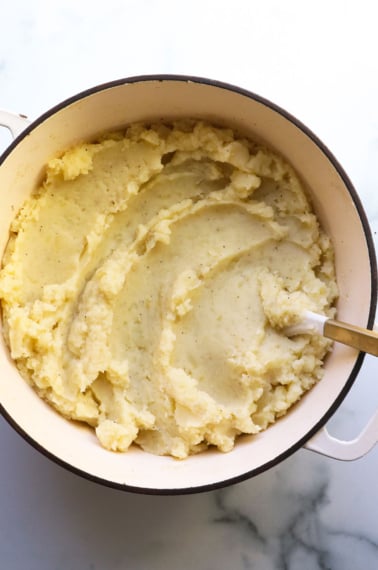
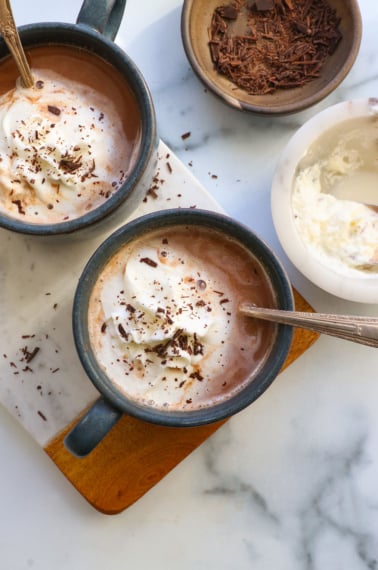
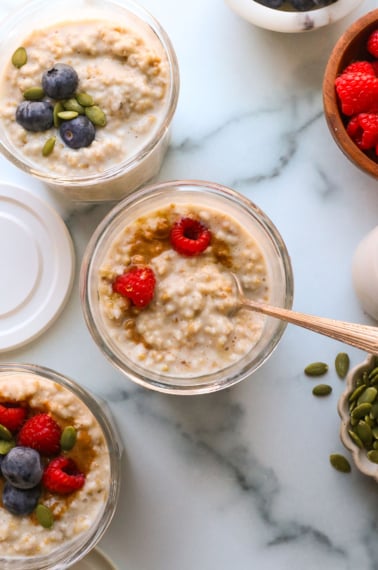






You have no idea how long I have been searching for a gluten free vegan pie crust that works, and I have to say this was not only a pie crust that worked, but it was the BEST pie I have ever had in my life! It was even better than non-vegan, non-gluten free pies. So, so BUTTERY AND CRISPY at the same time! I made crumbles with it as well, to put on top. I just made the best dessert pie in the world! I had to use a little bit more oat flour than you did, maybe because I scoop the flour very lightly into my measuring cups with a spoon without compacting it or shaking it, or maybe our oat flour is different here in my country, or even the climate and humidity can affect baking, so I have heard. I put the crust in the fridge, covered with cling wrap, after I pressed it into the pie tin to firm up really well before I prebaked the crust. Thank you so much for this recipe. Now I don’t have to feel jealous of other people’s desserts which I could never get right.
Very nice recipe. Thank you so much. Where did you buy the pie plate if I may ask. I am in market for one
thank you
How about coconut flour?
I tried this gluten free vegan pie crust recipe last week for my daughter (recently discovered allergies to wheat flour and dairy) and it was delicious. Even the raw dough is addicting. I made my second batch exactly to recipe. First made a test batch a day before adding a filling. Went well. (For the first recipe I didn’t have tapioca starch so used minute tapioca. It added a nice crunch to the texture) Then made a raspberry pie using this for crust and topping. My mistake here was I was rushed for time so put it in refrigerator thinking most crusts need to be cool. This was a mistake since it cooled hard and I had to microwave to make it workable. Although it still tasted great the ‘presentation’ was poor since it was drier and the edges crumbled. SO DON’T REFRIGERATE.!! My daughter and her husband loved it. It had a slight coconut taste which went well with the raspberries.
I am about to try your Cinnamon Buns now since this is a Christmas Day favourite and want to be prepared.
I am new to your website and find your prep instructions very helpful. Plus, I can PIN them to find them easily.
Will be back to your website as I try this new line of baking. Will subscribe to your newsletters.
Thank you !!
I made this with coconut sugar and vegan butter. I also used gf oats extra thick (they did not have regular at the time). The dough came out EXTREMELY wet and sticky. I added about 1c more oat flour and mixed by hand (I was using a processer. Do not recommend). Added flour 1/2c at a time, the dough was finally able to be shaped into a ball without the sticky wet texture. I placed in the fridge while making apple pie filling. Was able to half it (kinda) and made a pan crust along with a top crust for my apple pie. Crust is actually REALLY good! Doesn’t crumble and I was able to eat a piece of pie not just a pie slice turned cobbler with ice cream. I recommend if making gf oats, use about 1/2c to 1 c more oat flour. As usual, if your dough is sticky and wet, always add more flour and see if it can be saved! C:
I tried making this and it was yummy. Though I am unsure: what is the texture supposed to be like? Could you please advise? Mine came out rather crisp when I wanted it more crumbly. Thanks!
This one is more of a buttery, melt in your mouth pie crust, so the crust does get a little crispy. I usually try to avoid crumbly when making pie, because I don’t want it to fall apart on my guests! Maybe look for a graham cracker option if that’s the texture you’re going for?
Ah thanks but I’m off wheat! Do you think adding an egg helps?
Possibly? I haven’t tried this recipe with an egg, since I wanted it to be vegan. I usually think of eggs as making things sturdier, so I’m not sure it will achieve a “crumbly” texture. I would think maybe adding more granulated sugar might do that, but I haven’t tested it, so let me know if you experiment at all!
Instead of an egg, maybe bean juice?
i used this for a quiche and it was very good but uncooked toward the middle after 45 minutes at 375. i used more water instead of maple syrup, so that probably had something to do with it. still, next time i will pre-bake it for fifteen minutes just to be sure. it’s a very good gf crust and the dough handles beautifully.
This crust is delicious and it’s definitely the easiest pie crust I’ve ever made. Thank you Megan!
Also, can the dough be refrigerated or frozen for storage?
Yes, I think it could store well when chilled.
Can I substitute the tapioca starch with cornstarch?
I think cornstarch should work similarly.